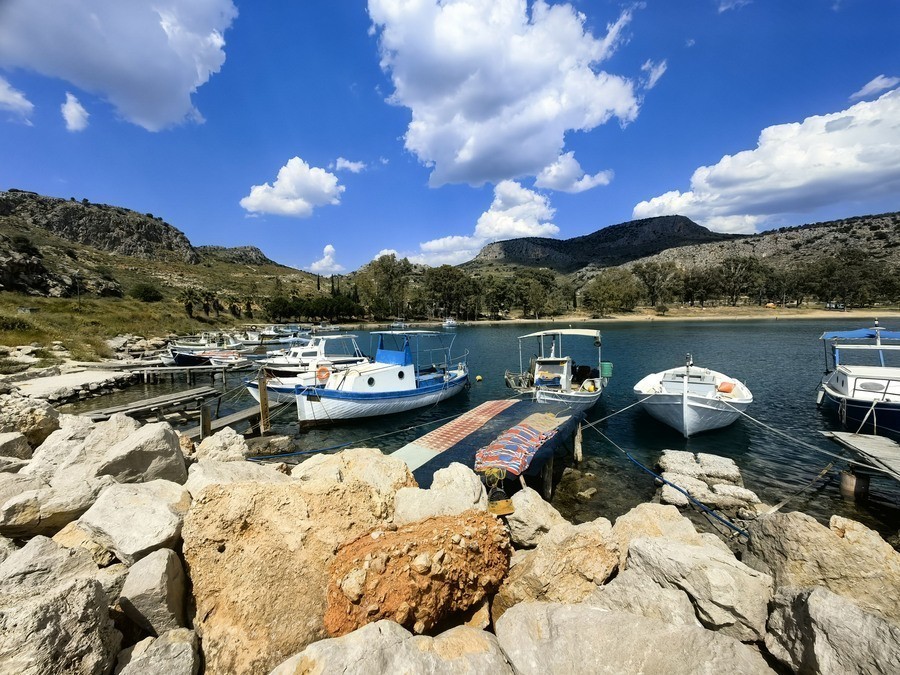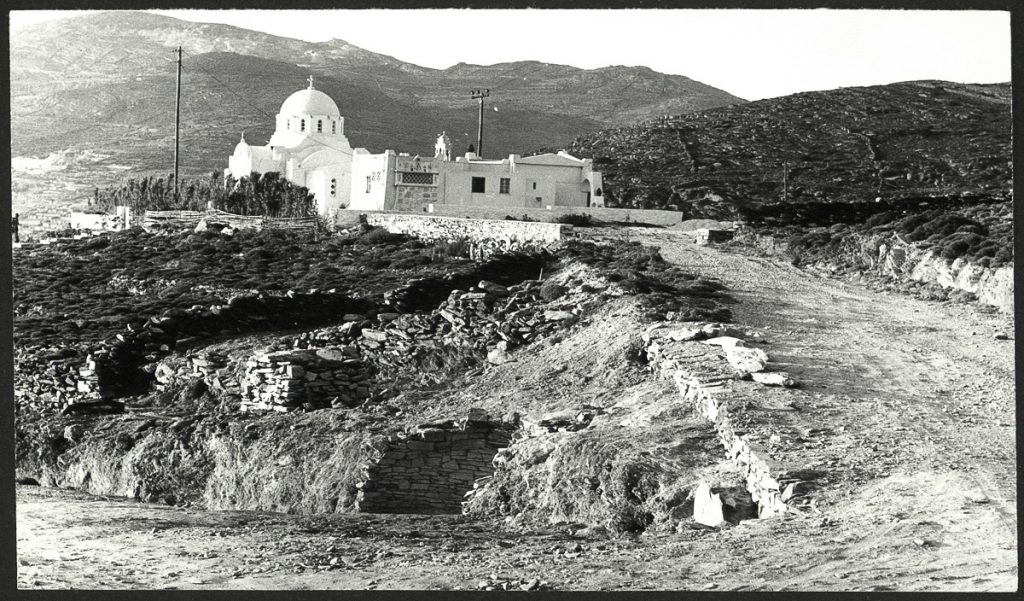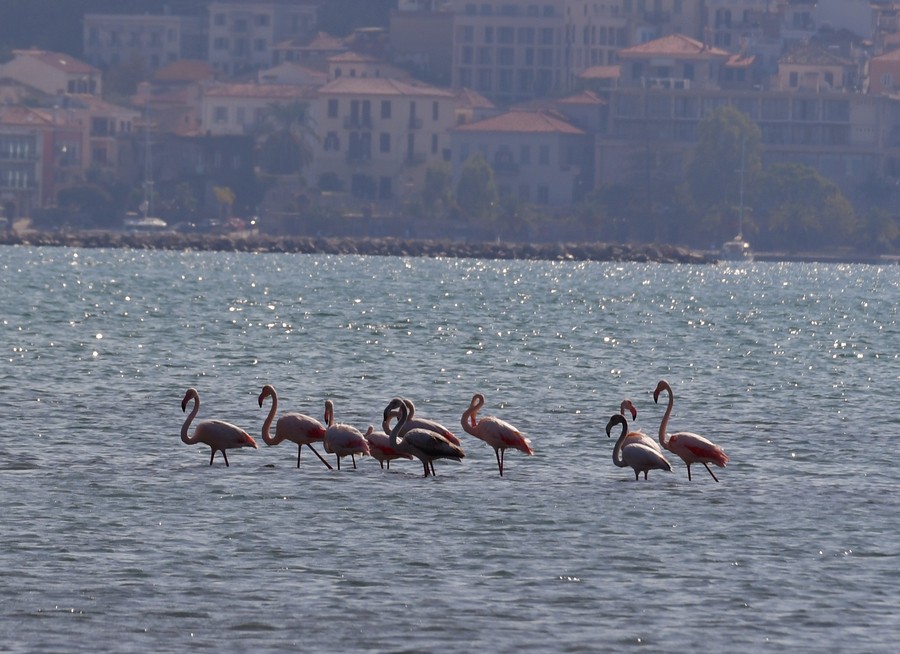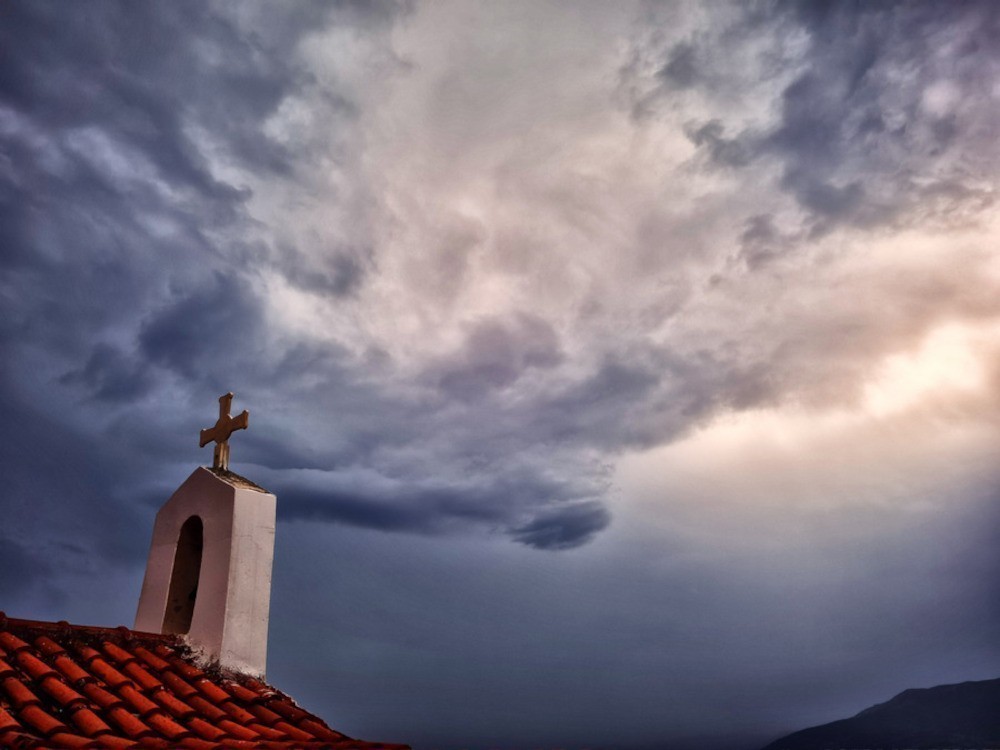
Rare and unique Cycladic antiquities to be unveiled in exhibition series on the islands

The exhibitions will feature many unique and rare ancient artifacts, many of which are shown to the public for the first time . ANA-MPA
An extensive and extremely interesting series of exhibitions has been organised on the Cyclades islands this year by the Cyclades Ephorate of Antiquities.
The exhibitions will feature many unique and rare ancient artifacts, many of which are shown to the public for the first time, as well as new creations that form a link with the past, promising to make the time of holiday-makers on the islands even more memorable.
- Among these are the exhibitions “From the world of Homer. Tinos and the Cyclades in the Mycenaean era” that runs between July 13 and October 14, which is being held in cooperation with the Piraeus Group Cultural Foundation (PIOP) at the its Museum of Marble Craft in the village of Pyrgos, Tinos.
A second exhibition, entitled “Look Opposite) is to be inaugurated on July 14 at Archaeological Collection of Koufonisia and will run until September 30, 2019.
“Both exhibitions are extremely important,” said Dimitris Athanasoulis, Director of the Cyclades Ephorate of Antiquities, to the Athens-Macedonian News Agency (ANA). “On the occasion of the founding of the tomb of Agia Thekla in Tinos, we have a first exhibition for an unknown period of the Cyclades, the Mycenaean period, presenting great and unknown material,” he added.
- However, the exhibition on Ano Koufonissi is also very important, he added, as “unique discoveries from Keros and Daskalio are revealed for the first time.”
Four-year excavations and research on the extraordinary architectural findings of Kavos on the island of Keros in the Cycladic Islands group confirmed the existence in Early Cycladic times of a complex, stratified and technically expert society.
- The sanctuary at Kavos on the islet of Keros was a significant regional centre for all the Cycladic Islands, the Ministry of Culture said at the conclusion of the research programme under Cambridge University.
The programme has “revealed impressive architectural remains of a significant Early Cycladic settlement,” the ministry said.
Under the project, excavations took place on the small islet of Daskalio, originally connected to the nearby site of Kavos on Keros through a narrow strip of land. The date of Early Cycladic was confirmed scientifically, and the remains of the culture at the time include “impressive staircases, drainage pipes and stone buildings that reveal an advanced urban architecture without precedence for the specific period.”
- This year’s results, the ministry said, include paths leading to the top of the settlement, passing by terraces created to support buildings. “The complicated, interlinked and multi-level architecture shows the existence of a well-organised and well-built settlement on a steep promontory,” it added.
The Daskalio buildings were mostly made of good-quality marble from Naxos island, nearly 10 km north of Keros.
According to co-excavator professor Colin Renfrew, Daskalio shows that the building techniques that were applied, the existence of huge entrance gates, stone ladders and the drainage pipes throughout the island show that there must have been a specialist architect and a central administration to carry out the building programme. He said the complexity of the construction is only comparable to Knossos on Crete for the same early period, he said.
- The ministry added that materials found, including the marble and obsidian, show that the settlers were expert seamen and trade extended over a wide network reaching beyond the Cyclades.
- Co-director of the site Michael Boyd added that a unique feature of the site includes the fact that metallurgy played a significant role throughout the life of the settlement. Its extent and scale proves a constant replenishing of raw materials from western Cyclades and Attica, and a social structure that trained and passed skills on to newer generations.
The fourth and last excavation period in the “Keros-Naxos Sea Roads” project took place in September and October 2018 by Cambridge University under the aegis of the British School at Athens and the supervision of the Antiquities Ephorate of the Cyclades, represented by Irene Legaki. The four-year project picked up from where the previous excavation cycle ended in 2008 at Kavos Daskaliou.
ANA-MPA
Trekker rescues hit record number on Crete: No preparation for the exploration of the mountains

